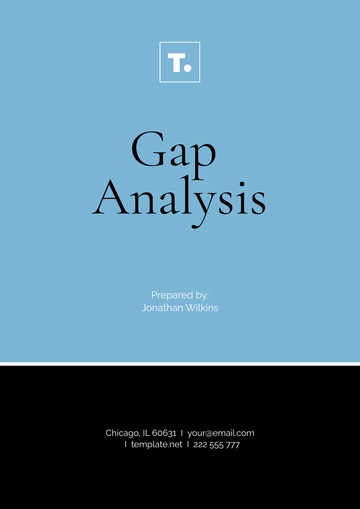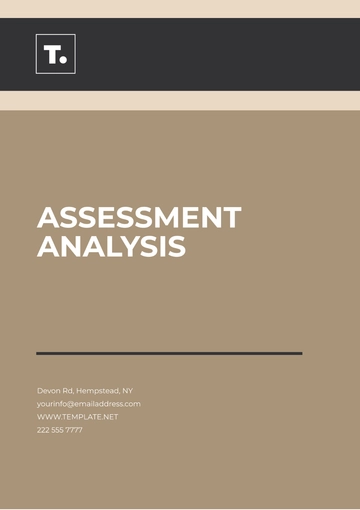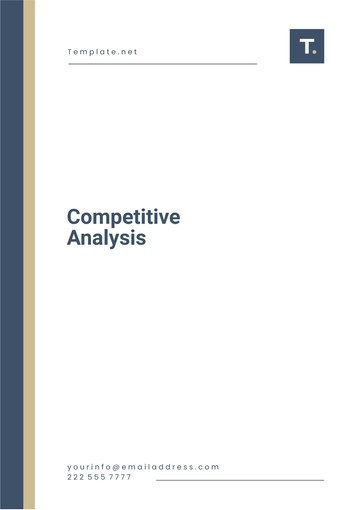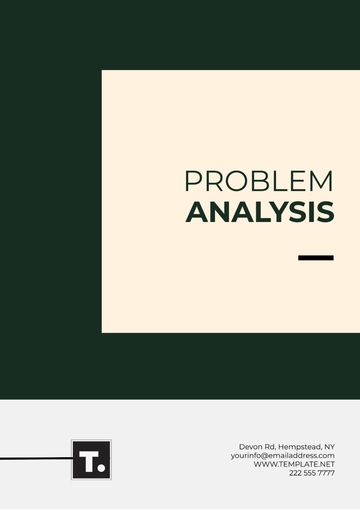Free Literary Analysis Essay

Prepared By: [Your Name]
I. Introduction
A literary analysis essay delves into the intricate layers of a literary work, examining themes, character dynamics, narrative techniques, and stylistic choices to uncover deeper meanings and insights. Through this process, readers can gain a more profound appreciation of the text, recognizing the multifaceted artistry that underpins its creation. This essay will meticulously explore these elements within a specific literary work, shedding light on its complex structure and the broader implications it holds.
II. Background of the Text
A. Author's Biography
Understanding an author’s life and experiences provides crucial context that can illuminate the themes, characters, and events depicted in their work. The biographical lens allows readers to connect the text with the author's personal history and worldview, offering a richer interpretation.
Birth and Early Life: Insights into the author's upbringing, education, and early influences, which often shape their later work.
Significant Life Events: Key moments in the author’s life—such as personal tragedies, relationships, or societal experiences—that have a profound impact on their writing.
Literary Career: A brief overview of the author’s career trajectory, highlighting major works and the evolution of their style and thematic preoccupations.
B. Historical Context
The historical period during which a text was written often deeply influences its themes and concerns. By examining the social, political, and economic conditions of the time, we can better understand the issues the text addresses and the perspectives it offers.
Historical Period: An overview of the era in which the text was written, including relevant cultural and societal norms.
Key Events: Significant historical events that may have influenced the text’s themes and characters.
Relevant Historical Events: Specific occurrences during the period that are directly or indirectly referenced in the text, providing a deeper understanding of its thematic concerns.
III. Thematic Analysis
A. Major Themes
Themes are the central ideas explored within a literary work, offering insight into its deeper meanings. Identifying and analyzing these themes helps readers grasp the core messages and concerns of the text.
Theme One: Detailed description and analysis of the first major theme, supported by examples and quotations from the text.
Theme Two: Exploration of the second major theme, with specific instances from the text that illustrate its significance.
Theme Three: Examination of a third theme, focusing on how it contributes to the overall meaning of the work.
B. Motifs and Symbols
Motifs and symbols are recurring elements that carry symbolic significance, enriching the text’s meaning and providing layers of interpretation.
Motif One: Description of a recurring motif in the text, exploring its significance and how it reinforces the themes.
Symbol One: Analysis of a key symbol, discussing its representation in the text and the larger ideas it conveys.
IV. Character Analysis
A. Main Characters
The main characters are the driving force of the narrative, embodying the text’s themes and facilitating its progression. Analyzing their development, motivations, and relationships provides deep insights into the text.
Character One: A comprehensive analysis of the character’s role, personality traits, development, and significance within the story.
Character Two: Examination of another central character, focusing on their contribution to the narrative and thematic exploration.
B. Supporting Characters
While not always central to the plot, supporting characters play crucial roles in reinforcing themes and advancing the story. Their analysis can reveal additional layers of meaning.
Supporting Character One: Discussion of a supporting character’s contribution to the plot and thematic elements.
Supporting Character Two: Exploration of another supporting character, focusing on their significance within the narrative.
V. Narrative Techniques
A. Point of View
The narrative perspective shapes the reader’s experience of the story, influencing their interpretation of events and characters. Examining the chosen point of view reveals much about the text’s structure and themes.
Type of Narration: Analysis of the narrative perspective—whether first-person, third-person limited, or third-person omniscient—and its impact on the reader's understanding of the story.
Impact on Reader: Discussion of how the point of view affects the reader’s perception and engagement with the text.
First-Person: Explores how this perspective provides a subjective and personal insight into the character’s mind.
Third-Person Limited: Examines how this perspective focuses closely on one character, offering a detailed view of their experiences.
Third-Person Omniscient: Analyze the comprehensive view this perspective offers, giving insight into multiple characters and events.
B. Style and Language
The author’s style and use of language are key to creating the text’s tone, mood, and overall aesthetic. Analyzing these elements can reveal the rhetorical strategies employed to convey themes and emotions.
Syntax: Analysis of sentence structure complexity and variety, and how this contributes to the text’s tone and pacing.
Diction: Examination of the author’s choice of words, focusing on connotations and how they enhance the themes and mood.
Tone: Discussion of the author’s attitude towards the subject and audience, and how this tone shapes the reader’s interpretation.
VI. Structural Analysis
A. Plot Structure
The plot structure, encompassing exposition, rising action, climax, falling action, and resolution, determines the narrative’s pacing and tension. Breaking down the plot into these elements helps clarify the story’s progression and its impact on the reader.
Exposition: Introduction of the characters, setting, and initial conflict, setting the stage for the narrative.
Rising Action: A series of events that build tension and lead to the climax, highlighting key turning points in the story.
Climax: Analysis of the narrative’s turning point or most intense moment, where the central conflict reaches its peak.
Falling Action: Examination of the events following the climax, showing how they lead to the resolution.
Resolution: Discussion of how the plot’s conflicts and complications are resolved, providing closure to the narrative.
B. Non-Linear Structures
Non-linear narrative structures, such as flashbacks, foreshadowing, and parallel plots, add depth and complexity to the story. Analyzing these techniques helps in understanding the intricate construction of the text.
Flashbacks: Exploration of past events within the story and their impact on the present narrative.
Foreshadowing: Analysis of hints or clues about future events, and how they build suspense and anticipation.
Parallel Plots: Examination of concurrent storylines that intersect or mirror each other, adding layers of meaning to the narrative.
VII. Conclusion
The conclusion synthesizes the insights gained from the analysis, reaffirming the text’s significance within its broader literary and historical context. It should reflect on the text’s impact on readers, its place within the author’s oeuvre, and its lasting relevance. Ultimately, a literary analysis essay deepens our understanding and appreciation of a literary work, revealing the intricate artistry and thoughtful craftsmanship that lie beneath its surface.
- 100% Customizable, free editor
- Access 1 Million+ Templates, photo’s & graphics
- Download or share as a template
- Click and replace photos, graphics, text, backgrounds
- Resize, crop, AI write & more
- Access advanced editor
Craft insightful literary analyses with Template.net's Literary Analysis Essay Template. This editable and customizable template guides you in structuring your essay to evaluate themes, characters, and narrative techniques. Editable in our AI Editor Tool, it ensures a comprehensive approach to analyzing literary texts, helping you present a well-organized and persuasive literary critique.





























